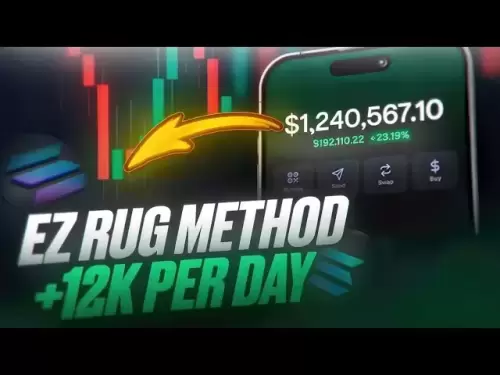-
 Bitcoin
Bitcoin $108,522.9936
0.51% -
 Ethereum
Ethereum $2,600.2119
2.25% -
 Tether USDt
Tether USDt $1.0001
0.00% -
 XRP
XRP $2.3065
1.88% -
 BNB
BNB $661.9093
0.34% -
 Solana
Solana $150.9961
1.40% -
 USDC
USDC $0.9999
0.00% -
 TRON
TRON $0.2877
0.21% -
 Dogecoin
Dogecoin $0.1708
1.78% -
 Cardano
Cardano $0.5863
1.70% -
 Hyperliquid
Hyperliquid $39.0718
4.52% -
 Bitcoin Cash
Bitcoin Cash $507.4600
2.09% -
 Sui
Sui $2.9070
2.06% -
 Chainlink
Chainlink $13.8666
4.64% -
 UNUS SED LEO
UNUS SED LEO $9.1277
0.82% -
 Stellar
Stellar $0.2624
5.86% -
 Avalanche
Avalanche $18.1961
2.40% -
 Shiba Inu
Shiba Inu $0.0...01182
1.77% -
 Toncoin
Toncoin $2.8141
2.42% -
 Hedera
Hedera $0.1611
3.70% -
 Litecoin
Litecoin $87.6537
1.88% -
 Monero
Monero $317.0356
0.02% -
 Polkadot
Polkadot $3.4327
2.63% -
 Dai
Dai $1.0000
-0.01% -
 Ethena USDe
Ethena USDe $1.0006
0.05% -
 Bitget Token
Bitget Token $4.3043
0.50% -
 Uniswap
Uniswap $7.6006
2.93% -
 Aave
Aave $293.0019
4.60% -
 Pepe
Pepe $0.0...01007
3.08% -
 Pi
Pi $0.4658
2.42%
How to troubleshoot connection issues with a mining pool?
"Common mining pool issues include firewall blocks, incorrect wallet addresses, and server downtime; verify settings, check connectivity, and review logs for troubleshooting."
Jul 08, 2025 at 06:00 pm
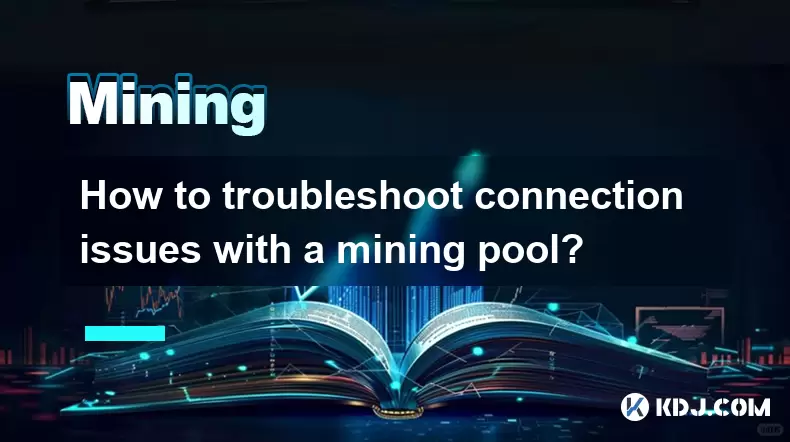
Understanding Common Connection Issues with Mining Pools
When connecting to a mining pool, users may encounter several issues that prevent successful communication between the mining software and the server. These problems can range from network misconfigurations to incorrect wallet addresses or even server downtime. Understanding these potential pitfalls is essential for effective troubleshooting.
One of the most common reasons for connection failure is firewall restrictions, which block outgoing or incoming traffic on specific ports used by mining pools. Another frequent issue involves typographical errors in the worker name or wallet address, which render the credentials invalid. Additionally, some Internet Service Providers (ISPs) might throttle or block mining-related traffic, especially if they detect high data usage associated with mining operations.
Verifying Network Configuration and Internet Connectivity
Before diving into complex diagnostics, it's crucial to confirm that your internet connection is stable and functional. A simple way to test this is by opening a web browser and visiting a reliable website like Google or GitHub. If you're unable to load pages, the issue likely lies outside the mining pool itself.
Next, check whether the mining software can reach the pool’s domain or IP address. Use tools such as ping or traceroute in the command line interface to verify connectivity:
- Open the terminal or command prompt
- Type
ping stratum+tcp://pool.minexmr.com:443(replace with your mining pool address) - Observe if packets are being transmitted and received without loss
If the ping returns "Request timed out" or "Destination host unreachable", there may be a DNS resolution problem, routing issue, or blocked port. You can try using IP addresses directly instead of domain names to bypass DNS-related issues.
Checking Mining Software Settings and Credentials
Incorrect configuration within the mining software is another major cause of connection failures. Ensure that all fields—especially wallet address, worker name, and password—are entered correctly. Even a single character mistake can lead to rejection by the pool.
For example, when using XMRig, verify the following parameters in the config.json file:
"url"should point to the correct stratum URL"user"must match your wallet address"pass"should reflect the worker password, which is often optional but sometimes required
Some pools allow setting custom passwords or identifying workers via tags. Double-checking the documentation provided by the mining pool ensures that the format aligns with their requirements.
Additionally, certain pools require SSL/TLS encryption for secure connections. If your mining software doesn’t support SSL or it's disabled, enable it using the appropriate flag or configuration option.
Adjusting Firewall and Antivirus Settings
Firewalls and antivirus programs often act as gatekeepers for network traffic, and they can inadvertently block mining software from establishing a connection. To rule this out:
- Temporarily disable any third-party firewall or antivirus software
- Check Windows Defender Firewall settings and ensure that the mining application is allowed through both inbound and outbound rules
To configure Windows Firewall:
- Navigate to Control Panel > System and Security > Windows Defender Firewall
- Click on Allow an app or feature through Windows Defender Firewall
- Locate your mining software (e.g., XMRig) or add it manually if it's not listed
- Ensure both Private and Public checkboxes are enabled
If disabling security software resolves the issue, consider creating a permanent exception rather than leaving protection entirely off. Some advanced firewalls allow for port-based filtering, so make sure the mining pool’s designated port (e.g., 443, 3333, 5555) is open and unblocked.
Testing Different Mining Pools and Servers
Sometimes the issue isn't on your end but with the mining pool itself. Server maintenance, DDoS attacks, or backend configuration changes can temporarily disrupt service. To determine whether the pool is at fault:
- Switch to a backup mining pool or alternative server within the same network
- Use a different geographic region endpoint if available (e.g., EU, US, Asia)
Many pools offer multiple endpoints for redundancy. For instance, Minexmr provides servers in various locations such as pool.minexmr.com, xmrpool.eu, and xmr-eu.minexmr.com. Try each one to see if the connection improves.
You can also monitor official mining pool forums, Discord channels, or Twitter accounts for announcements regarding downtime or performance degradation. Community feedback often reveals ongoing issues before they appear in formal notifications.
Analyzing Log Files for Error Messages
Mining software typically generates detailed logs that can help pinpoint the exact cause of connection issues. These logs often display error codes, rejected shares, or handshake failures that provide clues about what went wrong.
To analyze logs effectively:
- Enable verbose logging in your mining software configuration
- Look for keywords like "connection refused", "login failed", or "socket timeout"
- Cross-reference error messages with online resources or community forums
For example, encountering a "stale share" warning might indicate latency issues, while a "reject reason: invalid username" clearly signals a problem with the wallet address or worker name. Keeping a log file handy during troubleshooting allows you to backtrack steps and identify patterns.
Frequently Asked Questions
Q1: Can I use the same wallet address across multiple mining pools?
Yes, you can use the same wallet address across different mining pools. However, each pool may have its own payout thresholds and withdrawal methods, so it's important to manage your earnings accordingly.
Q2: Why does my mining software keep disconnecting intermittently?
Intermittent disconnections may result from unstable internet connections, power-saving settings on your machine, or pool-side instability. Check your network stability and consider switching to a more reliable pool or server.
Q3: Is it possible to mine without specifying a worker name?
Most mining pools require a worker name to identify individual miners within a group. While some pools allow default names, it's best to set a custom worker name for better tracking and monitoring.
Q4: How do I know if my mining pool supports SSL encryption?
Check the pool’s documentation or support page for details on SSL/TLS support. Many pools specify whether to use stratum+ssl:// or stratum+tcp:// in their connection instructions.
Disclaimer:info@kdj.com
The information provided is not trading advice. kdj.com does not assume any responsibility for any investments made based on the information provided in this article. Cryptocurrencies are highly volatile and it is highly recommended that you invest with caution after thorough research!
If you believe that the content used on this website infringes your copyright, please contact us immediately (info@kdj.com) and we will delete it promptly.
- No Rs 50 Coin? Public Prefers Lightweight Notes, Says the Government
- 2025-07-09 20:30:13
- Encryption Engine Ignites: Themes and Trends to Watch in the Second Half of 2025
- 2025-07-09 20:30:13
- Infineon's ID Key S USB: Bolstering USB Security in a Cyber-Threatened World
- 2025-07-09 18:50:12
- Nickel Discovery at Atlantic Intersection: A Game Changer for the EV Supply Chain
- 2025-07-09 18:50:12
- Veteran-Owned Aloha Mini Golf: A Nationwide Expansion of Island Fun
- 2025-07-09 18:55:12
- AI Cancer Detection: RadNet Tech & Healthcare Partnerships Improving Breast Cancer Screening
- 2025-07-09 18:55:12
Related knowledge
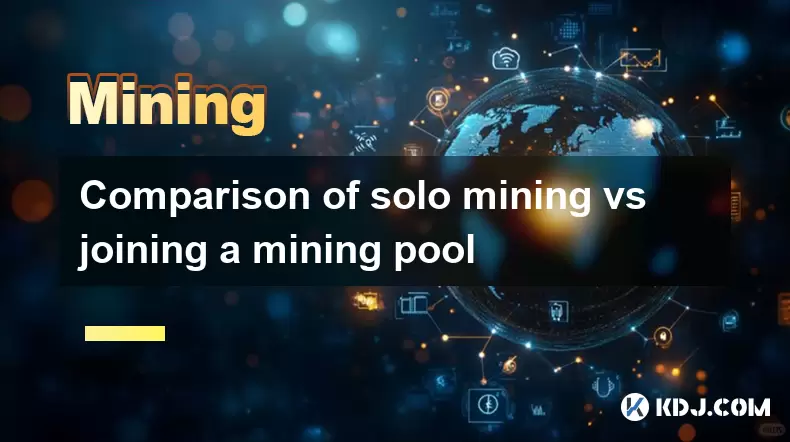
Comparison of solo mining vs joining a mining pool
Jul 05,2025 at 07:17pm
<h3>Understanding the Basics of Cryptocurrency Mining</h3><p>Cryptocurrency mining involves validating transactions and adding them ...
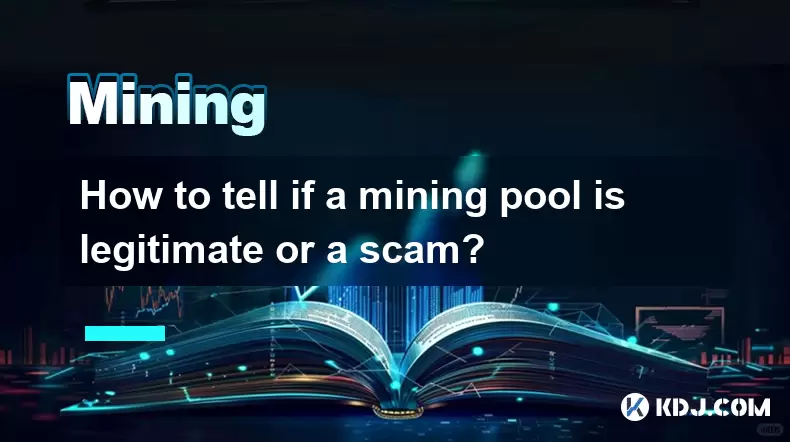
How to tell if a mining pool is legitimate or a scam?
Jul 03,2025 at 12:35pm
<h3>Understanding the Role of Mining Pools</h3><p>Mining pools play a crucial role in cryptocurrency mining by allowing individual m...
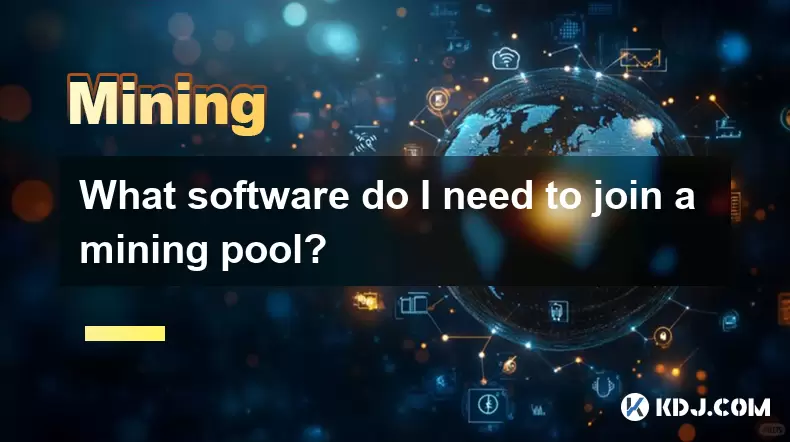
What software do I need to join a mining pool?
Jul 05,2025 at 07:32pm
<h3>Understanding Mining Pools and Their Requirements</h3><p>Joining a mining pool is an essential step for many cryptocurrency mine...
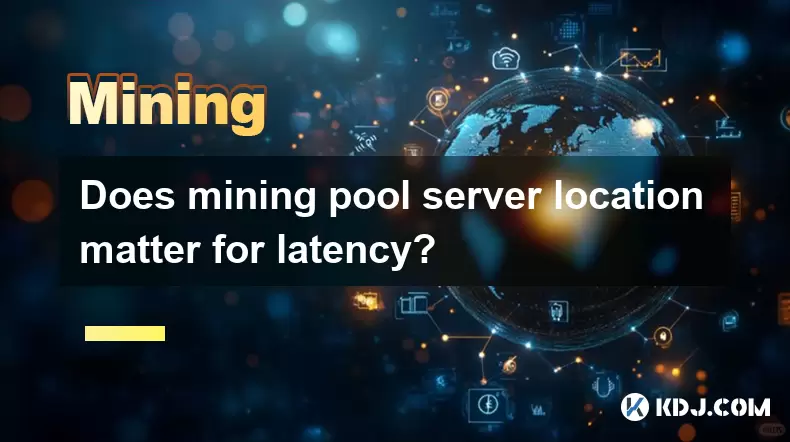
Does mining pool server location matter for latency?
Jul 06,2025 at 04:49pm
<h3>Understanding the Relationship Between Mining Pool Server Location and Latency</h3><p>Mining pool server location plays a crucia...
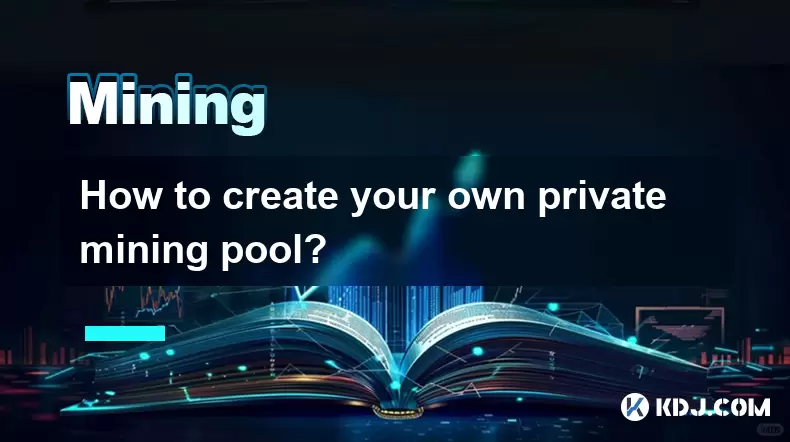
How to create your own private mining pool?
Jul 07,2025 at 02:51am
<h3>What Is a Private Mining Pool?</h3><p>A private mining pool is a restricted group of cryptocurrency miners who combine their com...
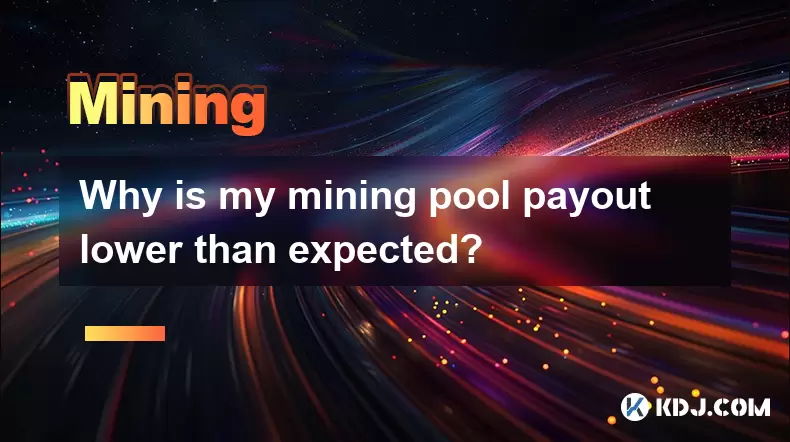
Why is my mining pool payout lower than expected?
Jul 03,2025 at 02:21am
<h3>Understanding Mining Pool Payout Structures</h3><p>When you join a mining pool, it's important to understand the specific payout...

Comparison of solo mining vs joining a mining pool
Jul 05,2025 at 07:17pm
<h3>Understanding the Basics of Cryptocurrency Mining</h3><p>Cryptocurrency mining involves validating transactions and adding them ...

How to tell if a mining pool is legitimate or a scam?
Jul 03,2025 at 12:35pm
<h3>Understanding the Role of Mining Pools</h3><p>Mining pools play a crucial role in cryptocurrency mining by allowing individual m...

What software do I need to join a mining pool?
Jul 05,2025 at 07:32pm
<h3>Understanding Mining Pools and Their Requirements</h3><p>Joining a mining pool is an essential step for many cryptocurrency mine...

Does mining pool server location matter for latency?
Jul 06,2025 at 04:49pm
<h3>Understanding the Relationship Between Mining Pool Server Location and Latency</h3><p>Mining pool server location plays a crucia...

How to create your own private mining pool?
Jul 07,2025 at 02:51am
<h3>What Is a Private Mining Pool?</h3><p>A private mining pool is a restricted group of cryptocurrency miners who combine their com...

Why is my mining pool payout lower than expected?
Jul 03,2025 at 02:21am
<h3>Understanding Mining Pool Payout Structures</h3><p>When you join a mining pool, it's important to understand the specific payout...
See all articles


























